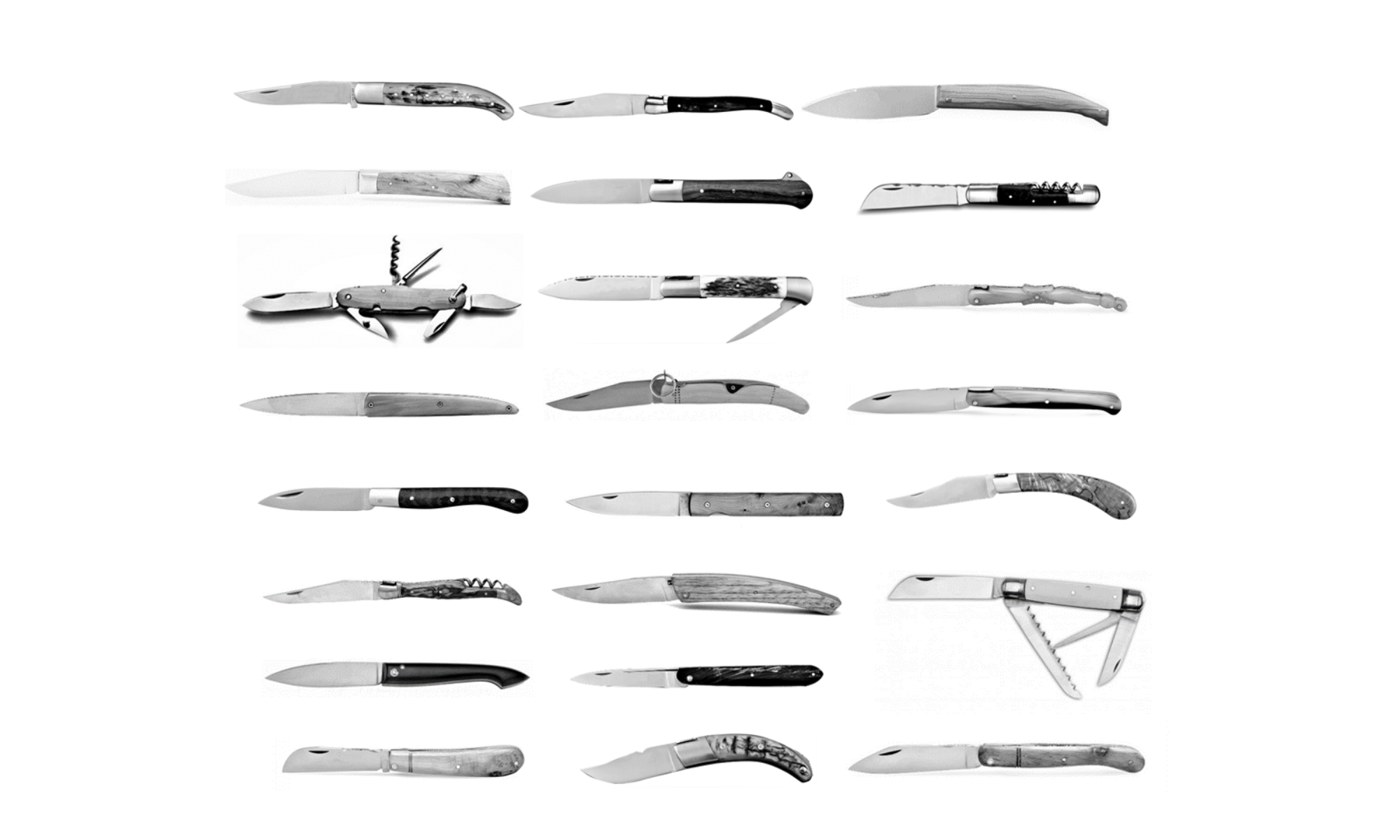
The Capuchin monks (Capucin in French) gave their name to a coffee in Italy, the famous cappuccino, and to a knife in France! Not that it was used by the monks, but because the shape of the tip of the handle looks like the hood of the monks’ robe.
Cognet even made few of these knives figuring the actual face
It is one of the oldest knife styles and one that almost did not change since the medieval age.


It is in the category of the primitive knives or friction folders, and more specifically a “2 clous”, or 2 pins. The first friction folders were of a piedmontese style, like the famous higonokami for example, but the lever at the end of the knife is protruding when closed and can be uncomfortable or even dangerous when the knife is in the pocket.
The solution came with the “2 clous” where one pin is the blade axle and where the end of the blade rests on a second pin, making for a sleeker shape once folded.

The design cannot be simpler. The handle was originally in wood, with just a saw kerf to fold the blade and that specific Capuchin hood at the end to be able to grab the blade, as it does not have a nail nick.
Later the handle was made in a horn tip, from a ram or a bovine.

The blade has a “sage leaf” shape, very wide and thick, designed for heavy work.

The axle is often mounted on a rosette, to avoid braking the handle.

If the handle looses its tightness and the blade opens too easily, which can be dangerous in the pocket, there are 2 different techniques: hammering the pin or, for a wooden handle, dipping the handle in water and let the wood swell a little.


Those knives were very popular with the shepherds of the South-West France, in the Pyreneans. Some were even assembling the knives themselves. They were buying a blade, often sub-par, from a knife maker, selecting a horn and shape it and then simply installing the blade.
A classic piece, still popular today with some interesting modern interpretations.













